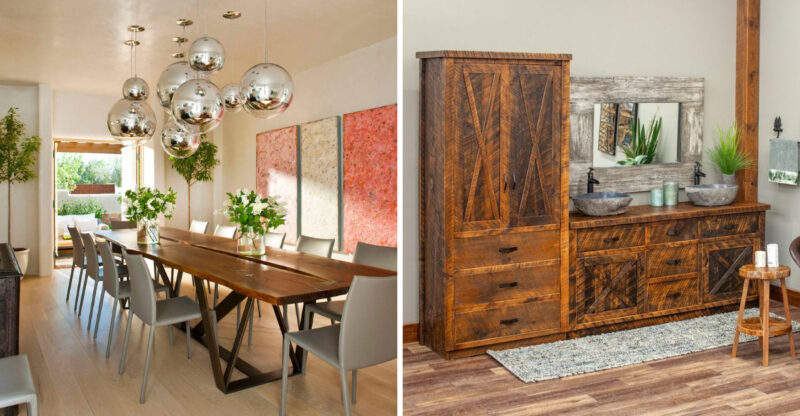9 Items In Your Home That Are Worth More Than You Would Think And 8 That Are Worth Less
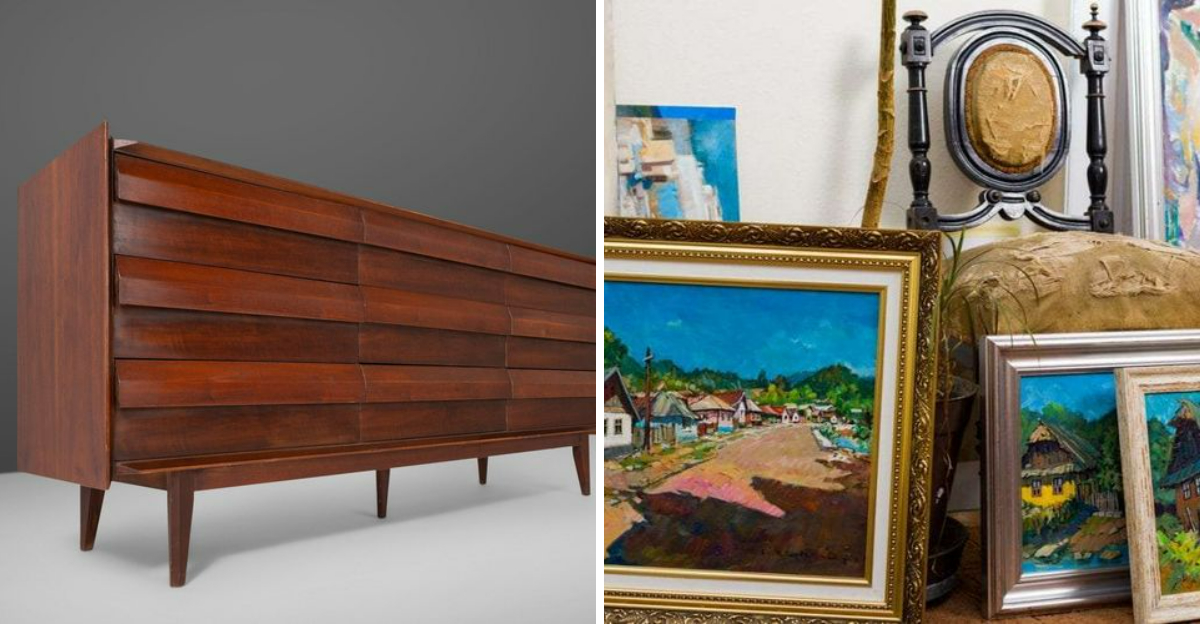
Ever wondered if that dusty lamp in your attic could be worth a small fortune, or if those collector plates really hold their value? The truth about household treasures might surprise you. Some everyday objects quietly gain value over time, while others that seem special actually lose worth faster than you’d expect.
Let’s explore which items in your home might be secret goldmines and which are just taking up space.
1. Handwoven Textiles – Fabric Fortune
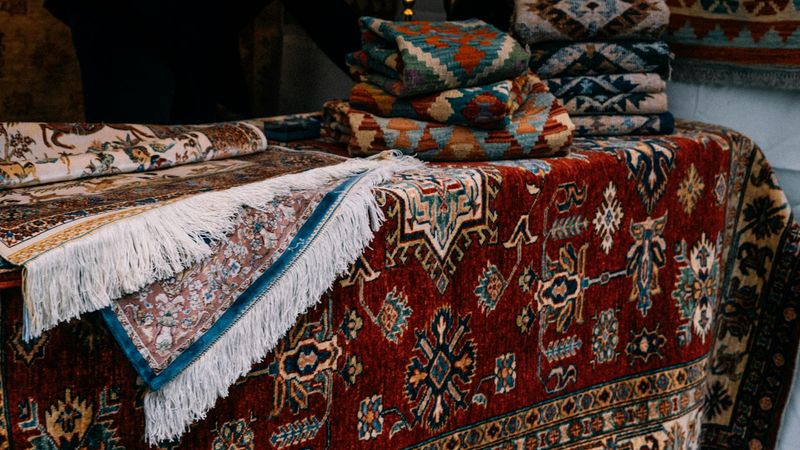
The Persian rug passed down through your family might fund your next vacation! Handwoven textiles represent countless hours of skilled labor that machines simply cannot replicate.
Antique quilts, hand-knotted rugs, and tapestries often appreciate substantially in value. Natural dyes, traditional patterns, and impeccable craftsmanship make these pieces increasingly rare. Collectors eagerly seek these textiles not just as decor but as cultural artifacts worth preserving.
2. Vintage Light Fixtures – Illuminating Value
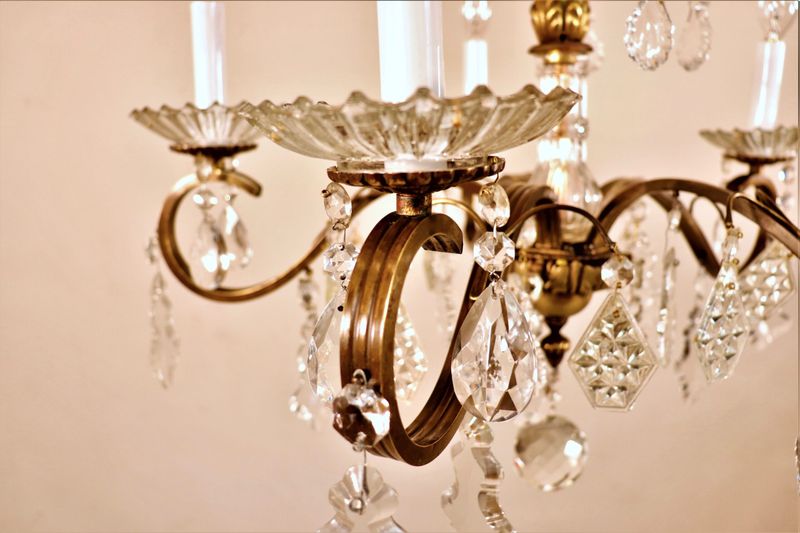
The old chandelier in your dining room might light up more than just your home. Vintage lighting fixtures, especially those made from brass, copper, or featuring stained glass, command surprising prices in today’s market.
Art deco sconces and mid-century modern pendant lights are particularly coveted. Designers and homeowners seeking authentic period pieces willingly pay premium prices for these architectural elements that add character no reproduction can match.
3. Solid Wood Furniture – Hidden Treasure
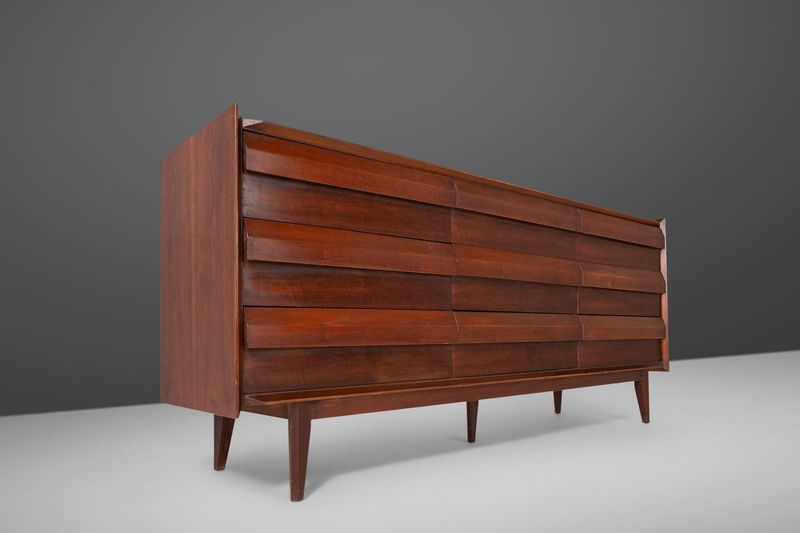
That oak dresser from your grandparents might be worth more than your car! Genuine solid wood furniture, especially pieces made before the 1960s, often contains old-growth timber that’s practically impossible to find today.
Mid-century modern pieces by designers like Eames or Knoll can fetch thousands at auction. Even unmarked pieces with dovetail joints and quality craftsmanship command premium prices from buyers seeking furniture that lasts generations.
4. Original Artwork – Unexpected Goldmine

Remember that painting you bought from a local artist at a street fair? Original artwork often appreciates significantly, especially if the artist gained recognition over time.
Even amateur pieces have charm that mass-produced prints lack. Sketches, watercolors, and oil paintings all have potential value beyond their initial purchase price. Art collectors constantly hunt for undiscovered talent, making your impulse buy potentially worth hundreds or thousands more than you paid.
5. Cast Iron Cookware – Kitchen Gold
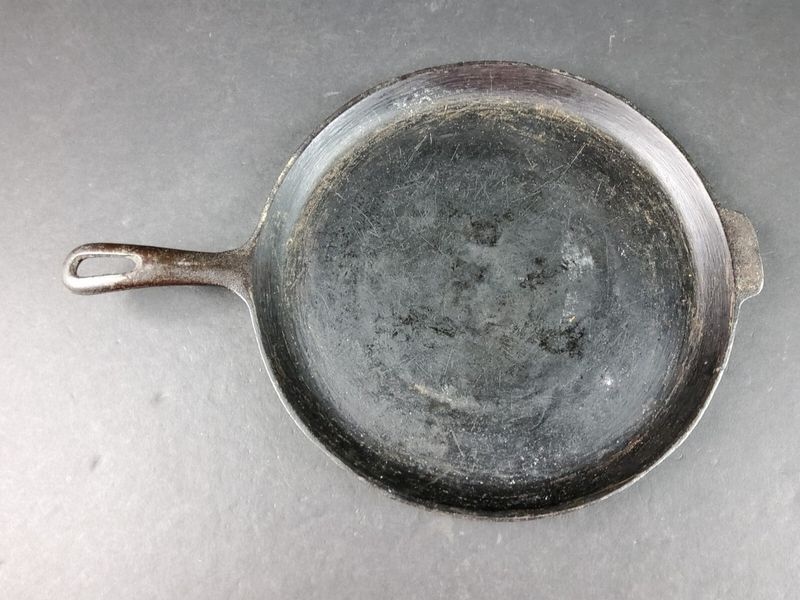
Grandma’s heavy skillet might be worth its weight in gold! Vintage cast iron cookware, especially pieces from Griswold or Wagner made before 1960, can fetch hundreds of dollars.
Their smooth cooking surfaces and quality craftsmanship surpass most modern versions. Collectors prize rare lids, unusual sizes, or pieces with clear markings. Even everyday skillets with decades of seasoning command premium prices for their cooking performance that improves with age.
6. Rare Books – Pages of Profit
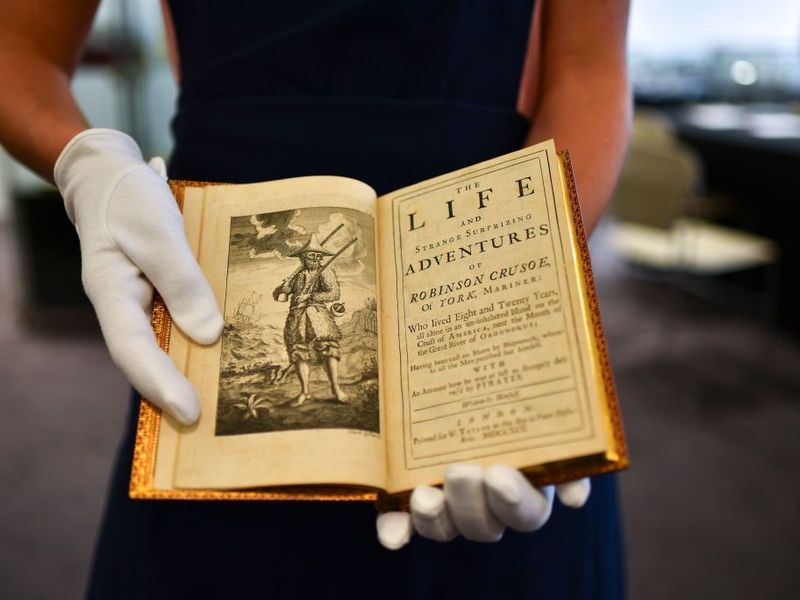
First editions hiding on your bookshelf could fund your retirement! Books with unique bindings, limited print runs, or historical significance often become valuable investments over time.
Look for first editions, author signatures, or unusual covers. Even children’s books from your youth might surprise you – a first edition Harry Potter can sell for thousands. Condition matters tremendously, with unmarked, tight bindings commanding the highest prices.
7. Stone Decor – Rock Solid Investment
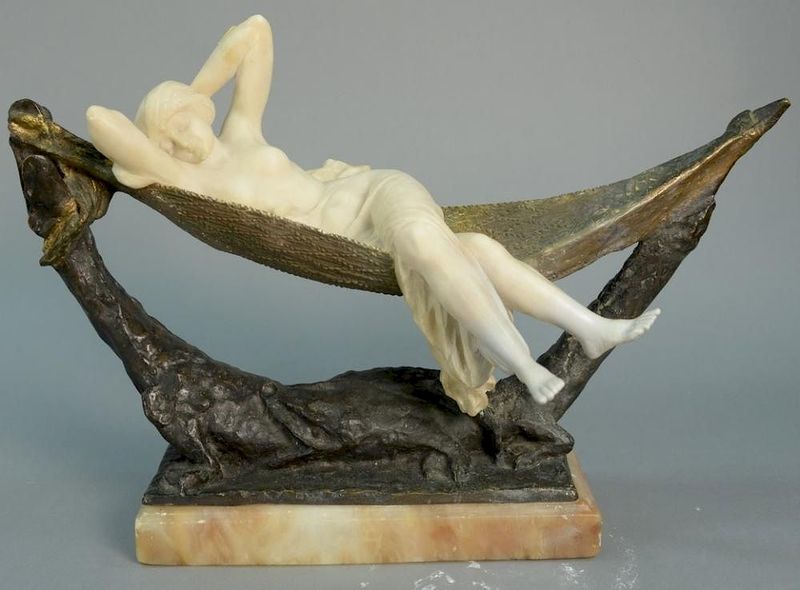
Marble bookends and alabaster lamps aren’t just pretty – they’re potentially profitable! Natural stone decor pieces, especially those featuring high-quality marble, jade, or alabaster, maintain their value impressively well.
Vintage stone items with craftsmanship details like hand-carved elements or bronze fittings can sell for surprising sums. The weight and permanence of stone appeals to collectors tired of disposable decor trends. These pieces often appreciate steadily as quality stone becomes increasingly expensive.
8. Retro Mirrors – Reflecting Value
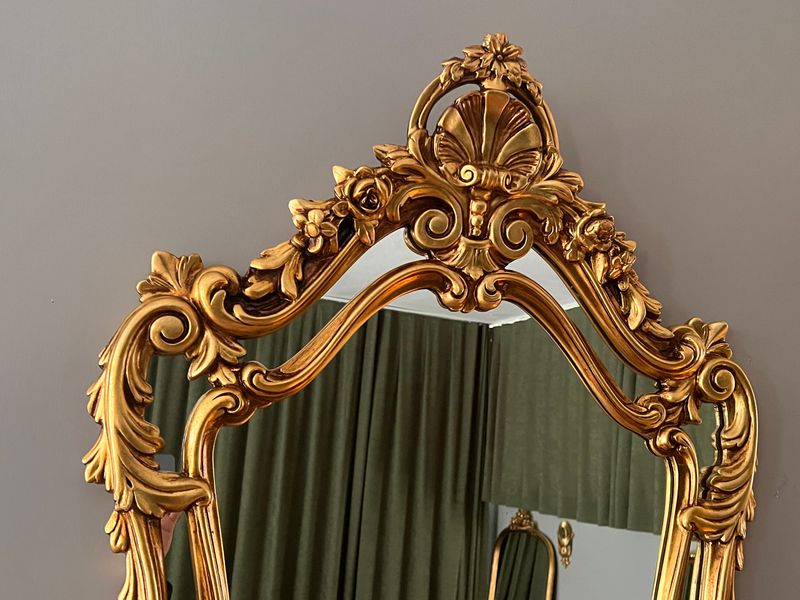
The ornate mirror in your hallway might reflect more than your face – possibly a handsome profit! Vintage mirrors with solid wood frames, especially those featuring intricate carving or gilding, command impressive prices in today’s market.
Art deco and mid-century designs are particularly sought after. The quality of old mirror glass often surpasses modern versions, developing a subtle patina that decorators prize. Authentic aged mirrors create depth and character that new reproductions simply cannot match.
9. Vintage Hardware – Small Treasures
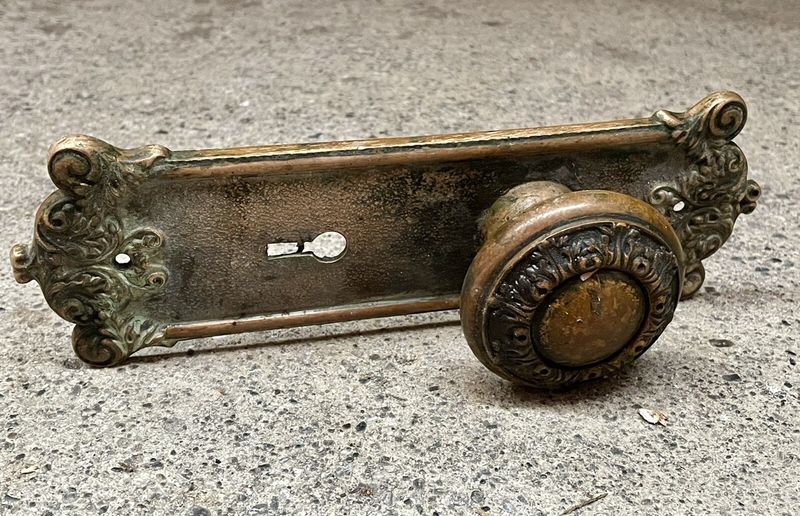
Those old doorknobs you replaced might be worth hundreds! Antique hardware made from brass, bronze, or crystal often fetches surprising prices from restoration enthusiasts and designers.
Victorian-era door plates, Art Deco cabinet pulls, and mid-century hinges represent craftsmanship rarely seen today. Salvage companies and homeowners restoring period properties compete for these authentic pieces. Even common items like skeleton keys or vintage light switches can command premium prices when in original condition.
10. Porcelain Dinnerware – Table Value Trap
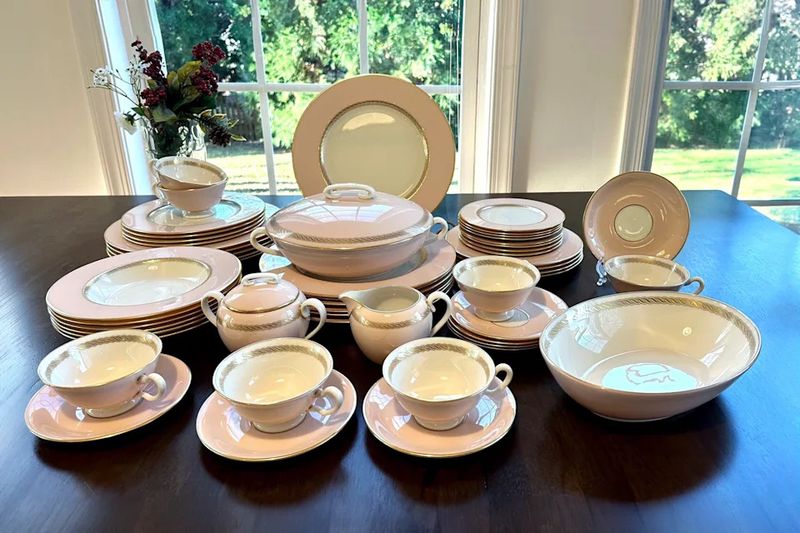
Grandma’s fancy china set might not fund your dream vacation after all. Most porcelain dinnerware sets, even those from recognizable brands like Noritake or Lenox, typically sell for a fraction of their original price.
Changing dining habits have dramatically reduced demand. Young families rarely entertain formally anymore, preferring dishwasher-safe options. Unless your set is from a prestigious maker like Meissen or features rare patterns, those dust-collecting dishes might disappoint at resale time.
11. Collector Figurines – Diminishing Returns
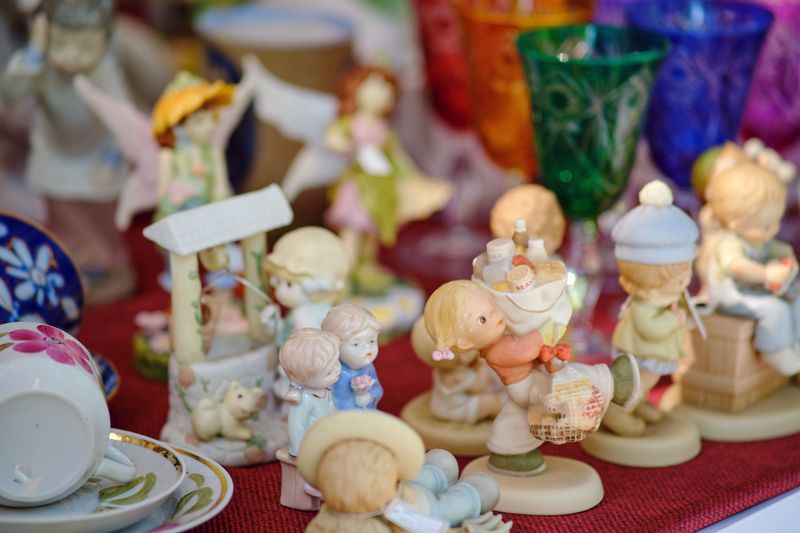
Sorry to break it to you – those Precious Moments figurines aren’t your retirement plan! Mass-produced collector items, including Hummel figures, Bradford Exchange plates, and Beanie Babies, rarely maintain their original value.
Companies marketed these as “investments” but produced them by the millions. The collector market collapsed as younger generations showed little interest. Only extremely rare variations or prototypes hold significant value today. Most sell for pennies on the dollar at estate sales.
12. Mass-Produced Prints – Paper Losses
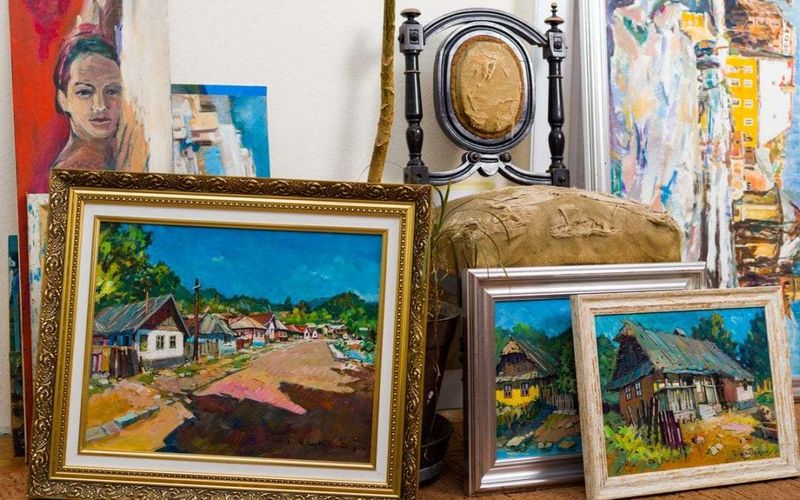
That mall-bought framed print might look nice, but its resale value is practically nonexistent. Mass-produced artwork, even when nicely framed, depreciates dramatically the moment you bring it home.
Limited edition prints numbered in the thousands still qualify as mass production. The frames often cost more than the prints themselves! Unless signed by a significant artist or truly limited in production, these decorative pieces should be viewed as temporary decor rather than investments.
13. Unmarked Crystal – Cloudy Value
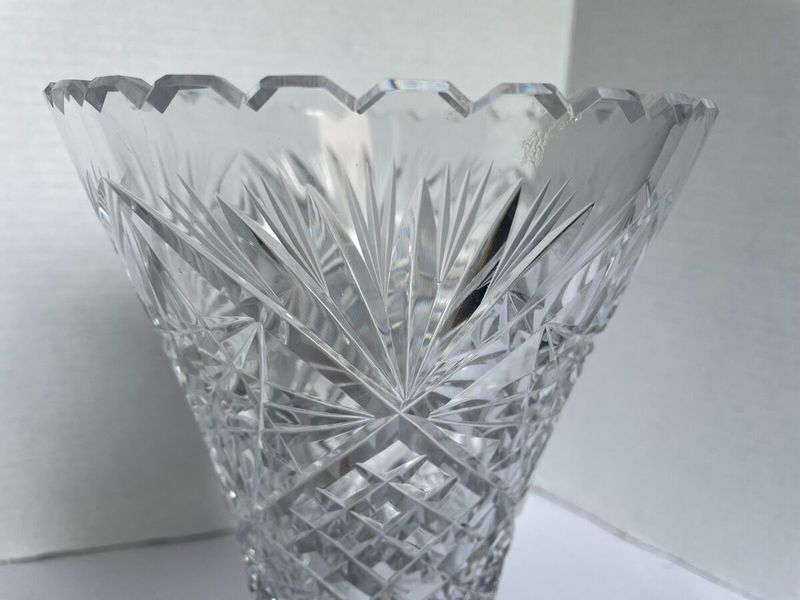
Those sparkling crystal vases without maker’s marks probably aren’t worth what you think. Unmarked crystal pieces, regardless of their beauty, typically sell for minimal amounts at resale.
Without signatures from prestigious makers like Waterford or Baccarat, crystal items are difficult to authenticate. The market is flooded with quality glass that resembles crystal. Most unmarked pieces fetch just a few dollars at estate sales, despite their original cost or visual appeal.
14. Worn Decorative Pillows – Deflated Value
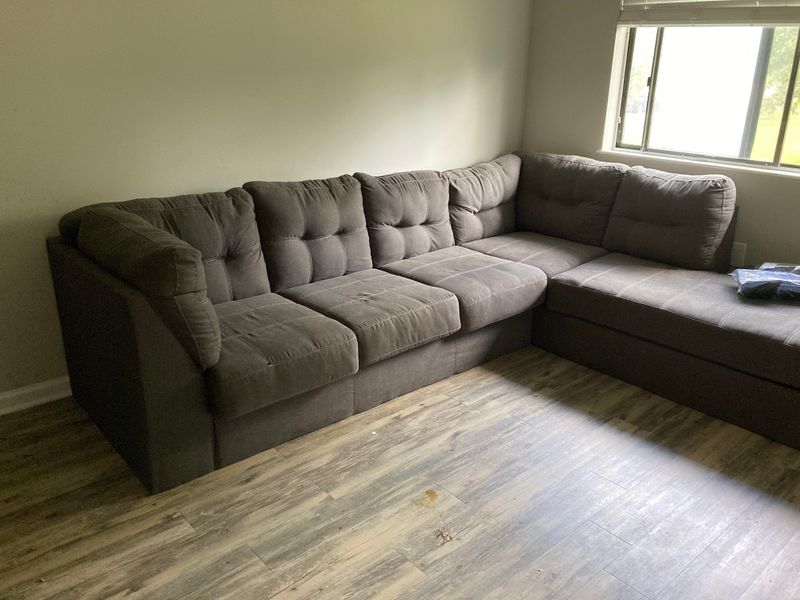
Those designer throw pillows that cost a small fortune? They’re practically worthless once they show wear. Decorative pillows, even from high-end brands, depreciate rapidly as fabrics fade, pill, or become dated.
Changing design trends make yesterday’s must-have patterns today’s donation-bin fillers. Fabric items that have absorbed years of household dust, skin oils, and pet dander hold virtually no resale value. Even pillows with designer fabrics typically sell for less than 10% of their original price.
15. Faux Leather Furniture – Peeling Investment

That sleek faux leather sofa might look impressive now, but its value drops faster than real leather. Bonded and faux leather furniture typically shows wear within 3-5 years, with peeling, cracking, and color transfer being common issues.
Unlike genuine leather that develops character with age, synthetic versions simply deteriorate. Furniture stores price these pieces attractively because manufacturing costs are low. Most faux leather pieces have virtually no resale value once they show even minimal wear.
16. Empty Candle Jars – Melted Value
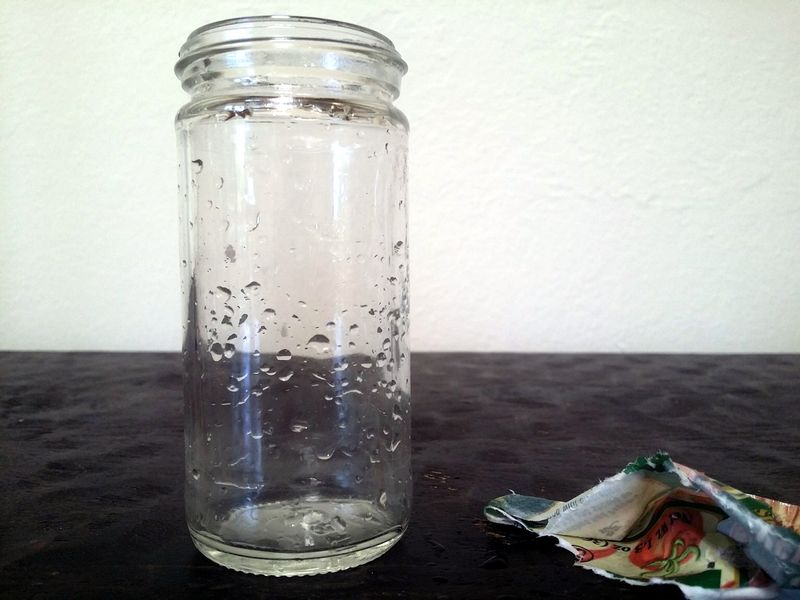
Hanging onto empty Yankee Candle jars thinking they’re valuable? Think again! Despite their initial cost, empty glass candle containers hold almost no resale value once the wax is gone.
These mass-produced vessels flood thrift stores and yard sales. Craft enthusiasts occasionally repurpose them, but rarely pay more than a dollar or two. Unless from luxury brands with distinctive designs, most used candle containers are better recycled than sold.
17. Basic Ceramic Planters – Cracked Value
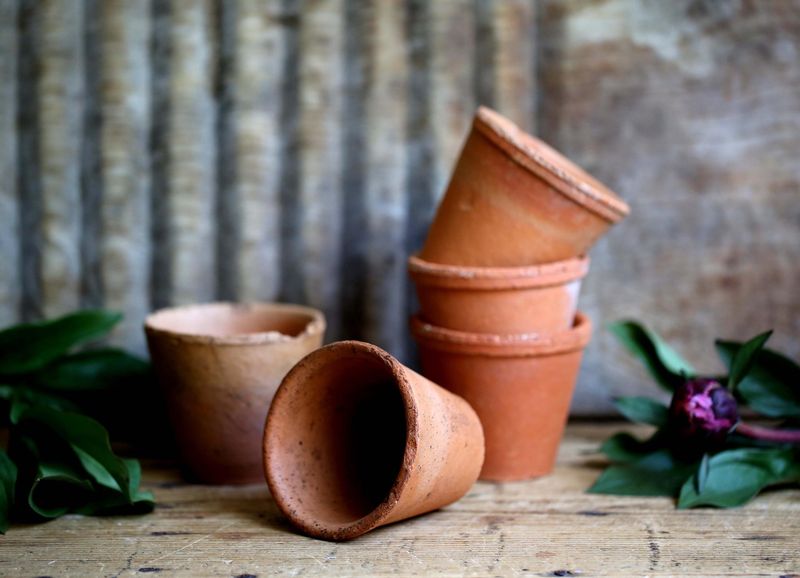
Common terracotta and ceramic planters might nurture your plants beautifully, but their resale value is practically dirt cheap. Basic planters from big box stores depreciate almost completely after purchase.
Mass production means there’s nothing unique about these vessels. Even hand-painted designs rarely command more than a fraction of their original price. Unless they’re from collectible pottery makers like Roseville or McCoy, most ceramic planters sell for pennies on the dollar at yard sales.





